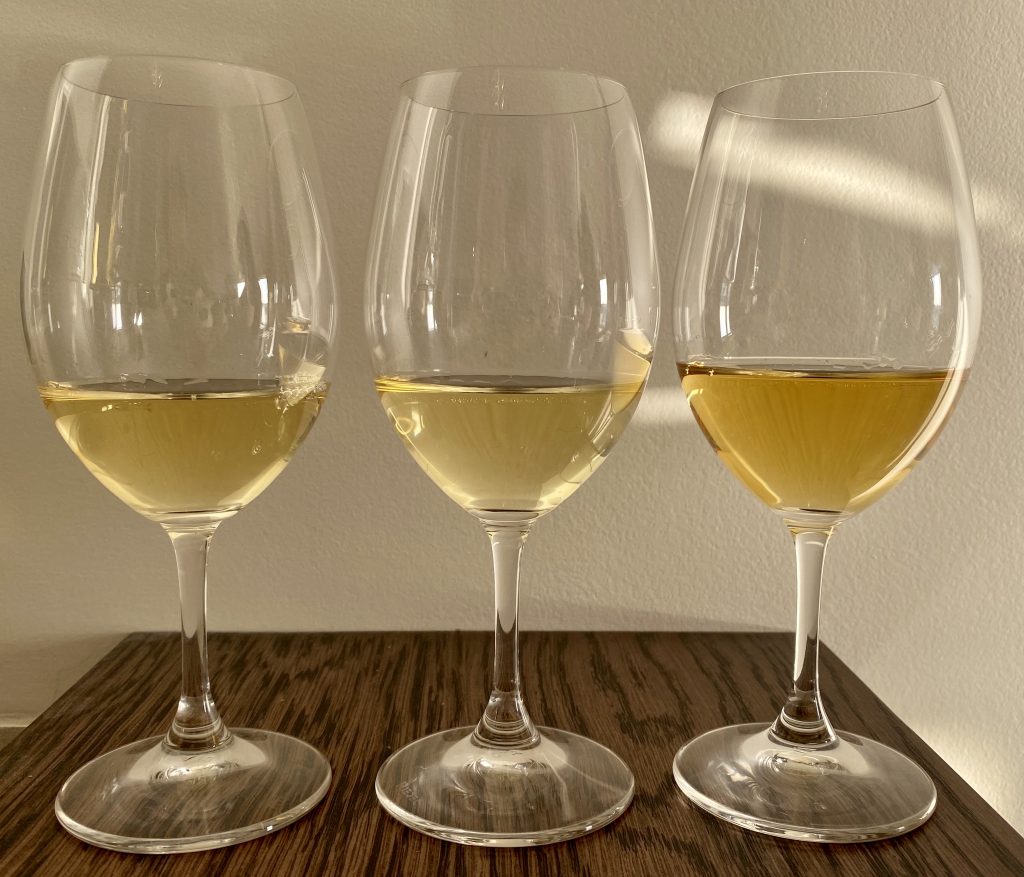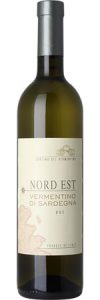Chardonnay felt like the perfect grape to start our series of “deep dives”, as wine professionals tend to get quite frustrated with people who say they don’t like Chardonnay. It is truly the most chameleon of grapes, able to take on a variety of flavour profiles reflecting where and how it is made, allowing the winemaker to fully express themselves, and we’ve chosen three to explore.
There are particular aspects to look out for when tasting Chardonnay that are indicators of where it is from and how it is made. Cool climate Chardonnay will taste more delicate, potentially chalky and with crisp apple or citrus flavours. As you verge into warmer climates a more tropical feel comes to its flavour with melon, fig and mango.
Then you have the techniques that a winemaker has at their disposal that can really change the style beyond that point. “Malolactic fermentation”, commonly used in cool climate styles, will turn tart malic into creamy lactic acid.
Using barrel fermentation can encourage a toasty or smoky note in the wine. Maturing in oak barrels adds more flavour such as vanilla, ginger, clove and cinnamon. And if they decide to use none of those techniques you get an unoaked Chardonnay that has a pure fruit driven style.
I would encourage you to look out for these clues to try to work out what the winemaker has done to the Chardonnay you are trying with us. To follow are our notes on each wine we tasted, each intended to showcase the potentially different styles and climatic influences on this grape.
Chardonnay Taste Test
We began with a simple test for Andy. Five Post-It notes were written, but only three matched the wines. His task was to match the descriptions to the wines. This is something you can try at home – even if you only have one bottle of wine, just write at least three notes and test somebody.


Andy says: “It was quite easy to pick out the wine on the right due to its colour, but that’s cheating. My notes were ‘honey, tropical’ and it was the only real match. Separating the other two was a little trickier, but I just managed to pick up on the smoke in number 1.”
On to the wines…

 Emma says: “I start our final tasting week with a mix of relief and a tinge of sadness. If I’m honest, we took on a bigger project than I imagined.
Emma says: “I start our final tasting week with a mix of relief and a tinge of sadness. If I’m honest, we took on a bigger project than I imagined.
 Emma says: “Coming soon!”
Emma says: “Coming soon!”
 Emma says: “And so for the final white grape in our 52 week challenge. The order of the grapes we have tasted has been quite random, but I’m pleased we have this one to end with.
Emma says: “And so for the final white grape in our 52 week challenge. The order of the grapes we have tasted has been quite random, but I’m pleased we have this one to end with.
 Emma says: “This week we are on to the lesser known but classic wine style that is 100% Cabernet Franc, originating from the Loire region in France. I found a Saumur in our trusty local Nicolas wine shop, a great place for searching out random regional French wines.
Emma says: “This week we are on to the lesser known but classic wine style that is 100% Cabernet Franc, originating from the Loire region in France. I found a Saumur in our trusty local Nicolas wine shop, a great place for searching out random regional French wines.
 Emma says: “Godello isn’t the easiest grape to find so I was really pleased to spot one in the trusty local Majestic. In fact, that is one of the things I’ve enjoyed the most of our 52 Grapes experience, it has made me peek outside the supermarket doors where I work to see what interesting things the others are getting up to.
Emma says: “Godello isn’t the easiest grape to find so I was really pleased to spot one in the trusty local Majestic. In fact, that is one of the things I’ve enjoyed the most of our 52 Grapes experience, it has made me peek outside the supermarket doors where I work to see what interesting things the others are getting up to.
 Emma says: “I couldn’t help but smile when we opened the bottle of Beaujolais Nouveau. There is something about this type of wine that spells pure joy to me.
Emma says: “I couldn’t help but smile when we opened the bottle of Beaujolais Nouveau. There is something about this type of wine that spells pure joy to me.


 Emma says: “And the big judgement commences. For once we have managed to strike gold and have a lovely bottle of St Emilion Grand Cru at home; a welcome break from scouring the shops for our weekly grape.”
Emma says: “And the big judgement commences. For once we have managed to strike gold and have a lovely bottle of St Emilion Grand Cru at home; a welcome break from scouring the shops for our weekly grape.”
 Emma says: “I was feeling a little off last night so apologies if this note is short. Maybe you’ll have to trust Andy’s note as the true evaluation of our grape this week.
Emma says: “I was feeling a little off last night so apologies if this note is short. Maybe you’ll have to trust Andy’s note as the true evaluation of our grape this week.